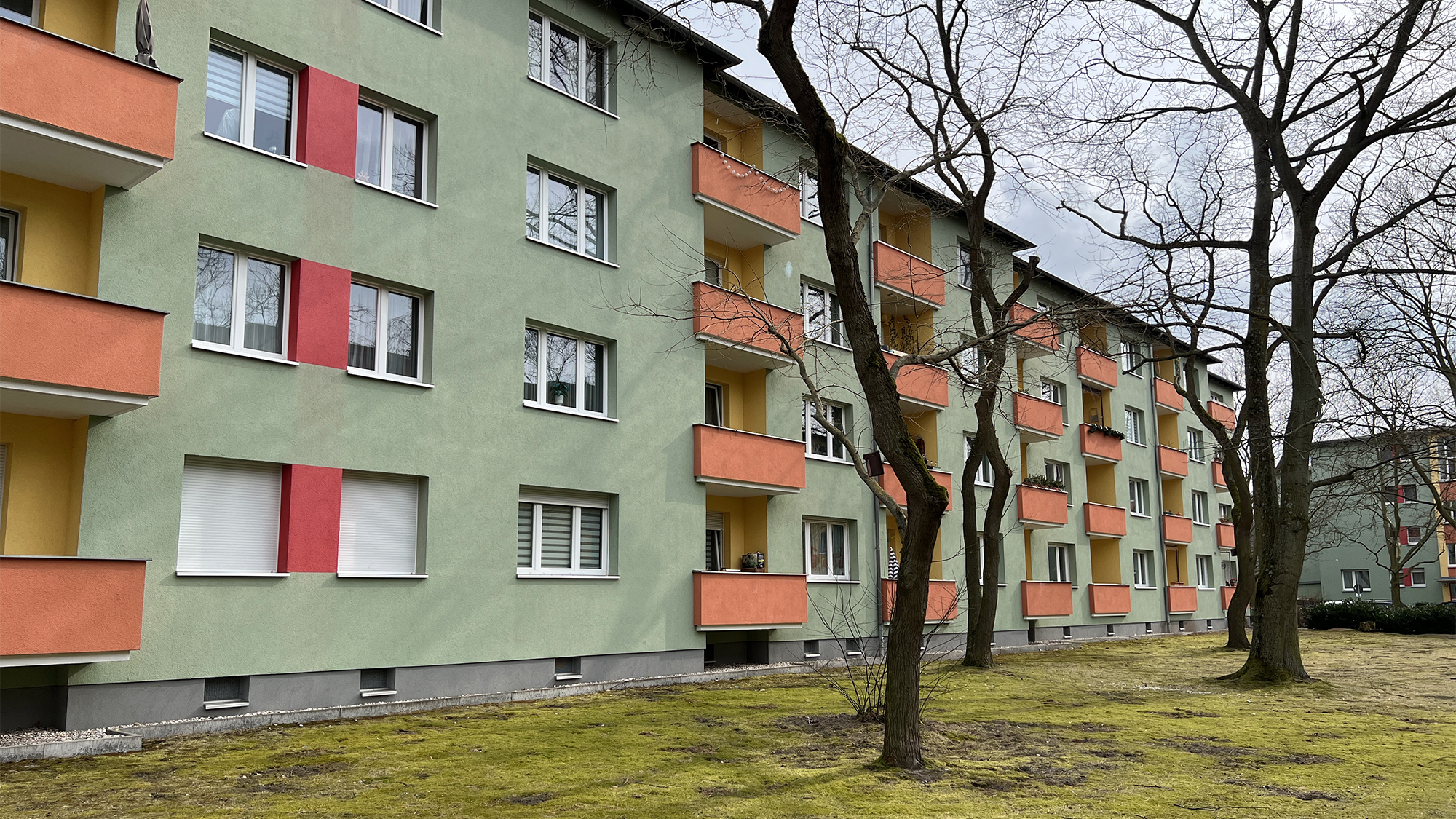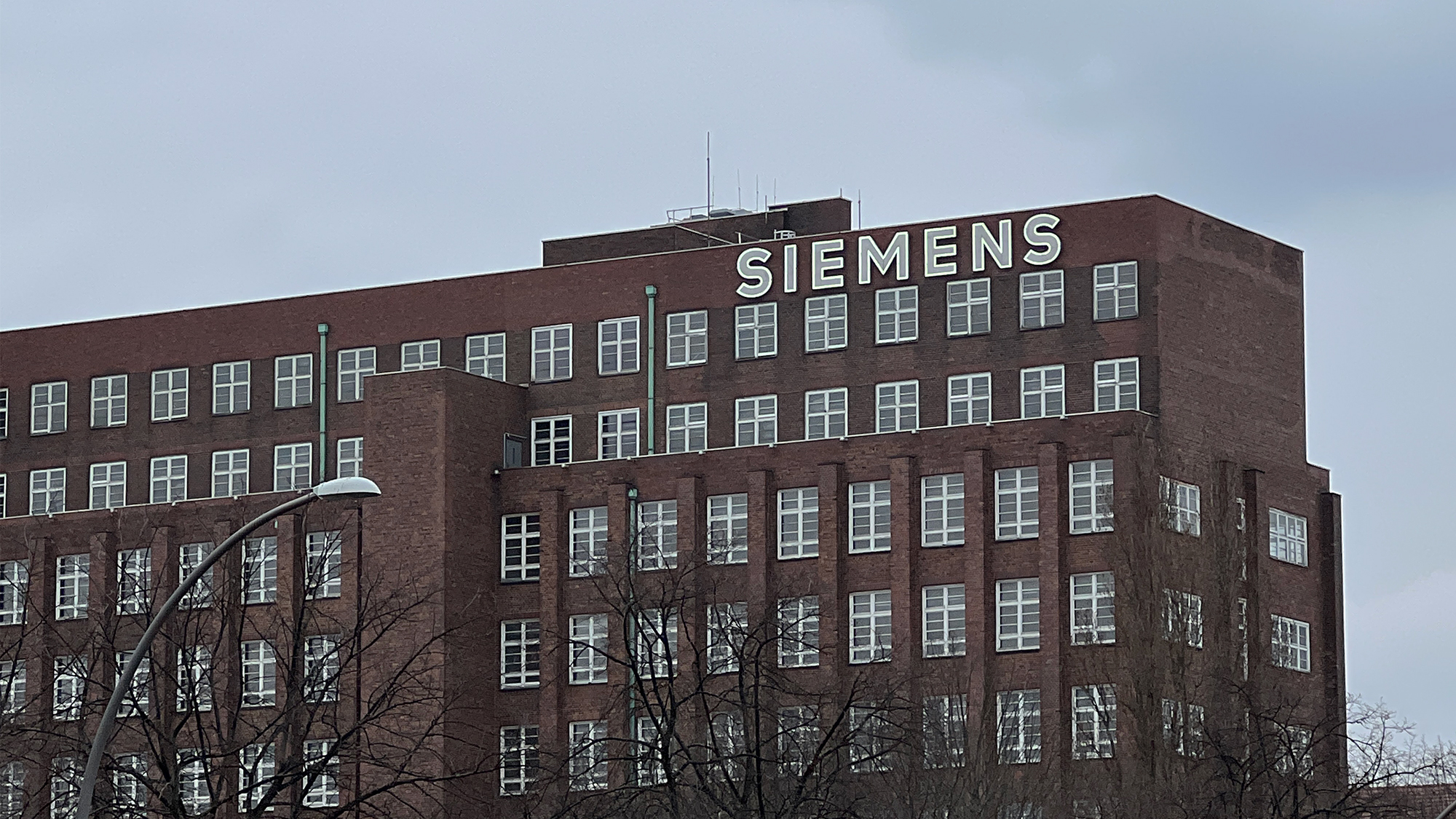Siemensstadt
16.3.22In west Berlin we cycle through Siemensstadt, a modernist model village of brightly coloured low-rise apartment blocks built in the 1920/30s for the workers of Siemens & Halske (S&H), now Siemens.






Built in the style of the Neues Bauen, or New Architecture movement by Der Ring collective of architects that included Walter Gropius, Otto Bartning and Hugo Häring, it provided dwellings of minimal size and standardised layout; and was placed on the UNESCO World Heritage List in 20081.
Siemensstadt is considered an urban development phenomenon2 in that not only was it a new city built from scratch on undeveloped land, but it was conceived, planned and built by an industrial company for its employees.
Siemensstadt is considered an urban development phenomenon2 in that not only was it a new city built from scratch on undeveloped land, but it was conceived, planned and built by an industrial company for its employees.


S&H had started its first cable plant in 1899 and within ten years it employed 15,000 workers. Over the following decades its industrial complex grew exponentially, and the creation of the settlement meant workers no longer had to commute in from the city and surrounding areas by train, often in crushed conditions.


During the Cold War period, Siemensstadt was now on the outer edge of Allied-run West Berlin, surrounded by GDR-run East Germany and serviced by its S-Bahn4. West Berliners, unwilling to subsidise the regime in the East, boycotted this Siemensbahn service with new ‘solidarity’ tram and bus services that sprang up along the same route. This continued until 1980 when S-Bahn’s operator, no longer able to sustain the loss of millions running mostly empty trains through the west, closed the Siemensbahn - leaving the ghost stations that remain today.
1Siemensstadt Housing Estate. grandtourofmodernism.com
2Münzel, M. Siemensstadt: Building for the Future, from Journey through History. new.siemens.com 3Siemensstaadt oil painting (approx 1930) by Anton Scheuritzel.
4Siemensbahn. abandonedberlin.com